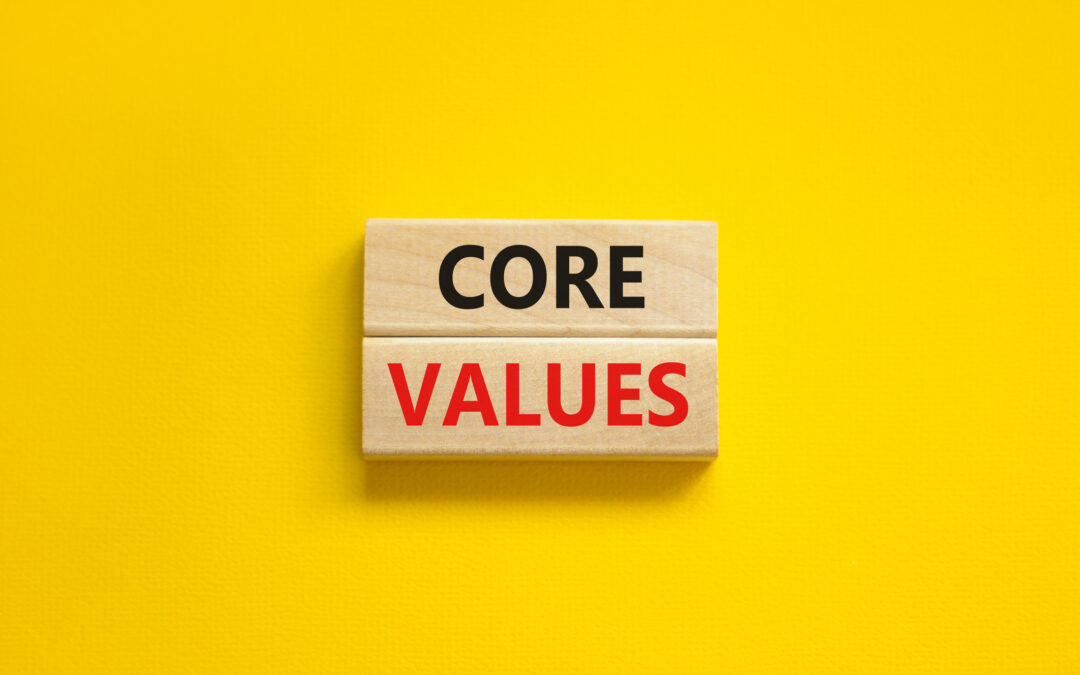When I am among the trees, Especially the willows and the honey locust, Equally the beech, the oaks and the pines, They give off such hints of gladness I would almost say they save me, and daily. Excerpt, "When I Am Among The Trees" by Mary Oliver We live in a world...

Managing Depression alongside Chronic Illness
If you’re reading this, chances are you or someone you care about is dealing with the challenges of chronic illness or disability, which can often trigger feelings of depression. Today, we’re going to dive into some strategies for navigating this journey with resilience.
1. Understanding Ableism
First things first, let’s address the elephant in the room: ableism. Abelism can be a significant barrier to navigating life with chronic illness and can exacerbate feelings of isolation and depression. Here are some examples of ableism faced by individuals with chronic illness:
- Minimization: Others may downplay the severity or impact of a chronic illness, dismissing it as “not that bad” or “just a phase.” This minimization can invalidate the individual’s experiences and undermine their need for support and understanding.
- Lack of Empathy: Some people may struggle to empathize with the daily challenges and limitations faced by individuals with chronic illness. They may fail to recognize the physical and emotional toll of living with a chronic condition, leading to a lack of support and understanding.
- Comments to “Get Over It”: Individuals with chronic illness may encounter comments suggesting that they should simply “get over it” or “try harder” to overcome their symptoms. This attitude fails to acknowledge the complex nature of chronic illness and the impact it can have on a person’s life, perpetuating stigma and misunderstanding.
- Inaccessibility: Public spaces, workplaces, and social events may lack accommodations for individuals with chronic illness, such as accessible seating, rest areas, or flexible work arrangements. This lack of accessibility can create additional barriers and challenges for individuals already navigating the complexities of their condition.
- Stigmatizing Language: Negative stereotypes and stigmatizing language surrounding chronic illness can contribute to external ableism. Terms like “lazy,” “weak,” or “attention-seeking” may be used to describe individuals with chronic conditions, further marginalizing and isolating them.
Addressing external ableism involves advocacy and challenging stereotypes. To combat ableism effectively, we must champion inclusivity and understanding, educating others about diverse disabilities, and promoting empathy and accommodation for all individuals. Remember, your strength and resilience define you, not your limitations.
Keep in mind that abelism can become internalized. Internalized abelism occurs when individuals with chronic conditions come to believe the negative stereotypes and societal messages about their own worth and capabilities. Internally, individuals must confront and unlearn negative beliefs about themselves, fostering self-compassion, honoring their limits, and seeking support.
2. Cultivating Self-Compassion
Living with chronic illness or disability can sometimes feel like waging a constant battle against our own bodies, leading to profound feelings of depression. In these moments, practicing self-compassion becomes essential. Instead of berating ourselves for what we can’t do, let’s celebrate our victories, no matter how small they may seem.
One way to cultivate self-compassion is through mindfulness meditation. Take a few minutes each day to sit quietly, focusing on your breath and offering yourself words of kindness and understanding, especially when you’re feeling discouraged. Remember, you are doing the best you can with the cards you’ve been dealt. Self-compassion can also involve setting achievable goals that align with your current abilities and energy levels. Breaking tasks down into smaller, manageable steps and celebrating progress along the way, even if it’s slower than you’d like. Read more about this concept (often called “Spoon Theory”) here.
3. Prioritizing Self-Care
When dealing with chronic illness or disability, self-care isn’t just a luxury; it’s a necessity, especially in managing depression. This means listening to your body and honoring its needs, whether that’s getting enough rest, eating nourishing foods, or engaging in activities that bring you joy.
Here are some practical steps to prioritize self-care:
- Create a daily self-care routine: Set aside dedicated time each day for activities that recharge your batteries, whether it’s taking a bubble bath, going for a walk in nature, or curling up with a good book. These activities can provide relief from the symptoms of depression.
- Reach out for support: Don’t be afraid to lean on friends, family, or support groups for help when you need it, especially when depression feels overwhelming. You are not alone in this journey, and there are people who care about you and want to see you thrive.
- Practice saying no: Learn to set boundaries and say no to things that drain your energy or don’t align with your priorities, especially when depression makes it difficult to muster the energy for extra tasks. Remember, it’s okay to put yourself first sometimes, especially when it comes to managing depression.
4. Embracing Radical Acceptance
Radical acceptance is about fully embracing reality as it is, rather than fighting against it, even in the face of a chrnoic illness that you did not choose. This doesn’t mean resigning ourselves to a life of suffering, but rather acknowledging the truth of our circumstances and choosing to respond with compassion and equanimity.
In the face of chronic illness or disability, radical acceptance can be a powerful tool for finding peace and contentment in the present moment, even amidst depression. Instead of dwelling on what we’ve lost or longing for a different reality, let’s focus on what we still have and cultivate gratitude for the blessings in our lives.
Navigating chronic illness and disability is no easy feat. By challenging ableism, practicing self-compassion, prioritizing self-care, and embracing radical acceptance, we can cultivate resilience and thrive in the midst of adversity.
If you find yourself struggling to manage depression or cope with the challenges of chronic illness or disability, remember that help is available. Don’t hesitate to reach out and schedule an appointment with a counselor on our team for professional counseling support tailored to your unique needs.

Get Outside For Your Brain

Managing Depression alongside Chronic Illness
If you’re reading this, chances are you or someone you care about is dealing with the challenges of chronic illness or disability, which can often trigger feelings of depression. Today, we’re going to dive into some strategies for navigating this journey with...

What is your “Why”? Core Values Exercises for Anxiety Resiliency
Anxiety often prompts us to steer clear of situations that trigger fear, causing many to shrink their lives to avoid such triggers. However, understanding and embracing our core values can provide a light through the darkness of anxiety and help us reconnect with a...

Mindfulness Mastery: Your Ultimate Weapon Against Depression
Depression can feel like a heavy cloud hanging over your life, making it difficult to find joy or motivation. While therapy and medication are valuable tools in treating depression, incorporating mindfulness skills into your daily routine can offer additional support...

How to Help a Loved One Process a Miscarriage
Experiencing a miscarriage can be an incredibly challenging and emotionally overwhelming time for individuals and couples. In this blog post, I will outline four ways you might help someone process their miscarriage. Remember, every person's experience is unique, so...








